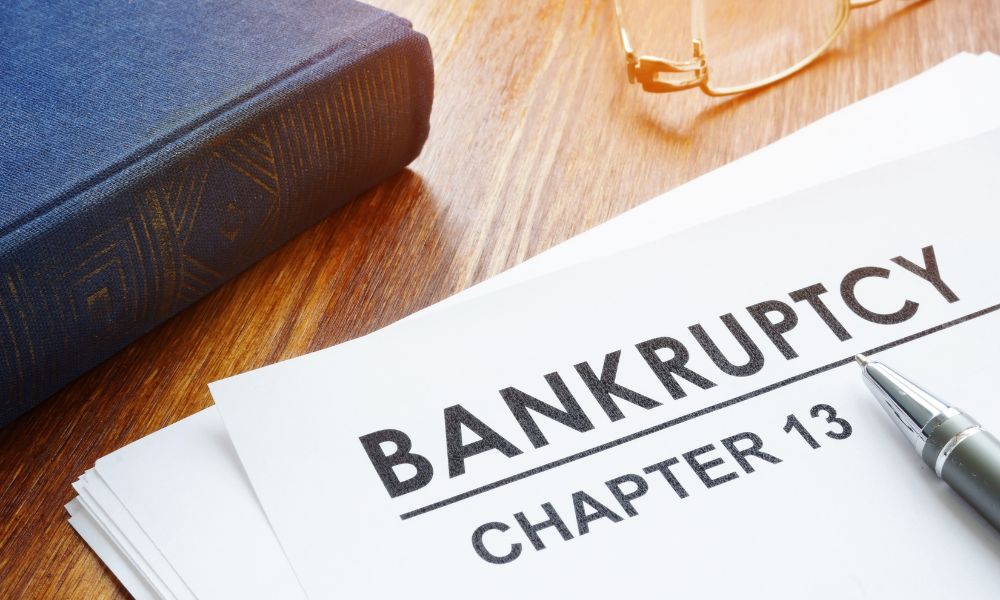
Accidents occur, and they may result in significant injuries. We are entitled to compensation if someone else has caused us harm through negligence or wrongful acts. Understanding the complex legal system takes work. This comprehensive guide gives an in-depth look at personal injury claims. It explains the key factors, steps involved, and important aspects. You can use this guide to confidently navigate the personal injuries claim process, no matter if you’ve been injured in an auto accident, slip and falls, or other types of incidents.
What Is Personal Injury?
Personal injury is a legal claim in which the injured individual seeks damages (compensation) for emotional, financial, and physical losses due to an accident or incident that was caused by negligence or intentional wrongdoing on someone else’s part. It attempts to put the injured party in the same situation as before the accident.
Common Personal Injury Cases
Accidents, incidents, and injuries can all lead to personal injury claim. Some common types include
- Motor Vehicle Accidents: Car, Motorcycle, Truck, and Pedestrian Accidents Resulting in Injuries Due to Negligent Driving or Traffic Violations
- Slips and fall: Accidents on someone else’s land due to unsafe conditions. These include uneven surfaces, wet floors, or other hazardous conditions.
- Medical Malpractice: Negligent action or omission by healthcare professionals causing harm, for example, misdiagnosis. Surgical errors. Or medication mistakes.
- Product Liability: Injuries caused by defective or dangerous products, including design defects, manufacturing defects, or inadequate warnings.
- Workplace Injuries: Injuries incurred on the job because of unsafe working environments, employer negligence, and failure to provide appropriate training and equipment.
III. Elements of an Injury Claim
For a personal injury case to be successful, several elements must first be established.
- Duty of Care: The responsible party must have owed the injured party a legal obligation of care. The duty of care applies to drivers and property owners.
- Breach of Duty: The defendant had to breach their duty of care by negligence or intentional misconduct. This means the defendant did not provide the care and attention expected of them under the given circumstances.
- Causation: It must be proven that the defendant’s breach caused the plaintiff’s injuries. There should be an obvious link between the defendant’s conduct and the plaintiff’s injuries.
- Damages: To be eligible for damages, the plaintiff must have suffered actual damage, such as physical injuries or emotional distress.
Steps of a Personal Injury Claim
The filing and pursuit process for a personal injury claim usually involves the following steps.
- Gather Evidence: Document the accident by taking photographs and obtaining relevant documents.
- Document the Incident: Report any incident that may be relevant to the authorities.
- Consult With An Attorney: Contact a reputable injury attorney for a consultation. You will receive legal guidance; they will evaluate the strength and validity of your claim and guide you through the whole process.
- Investigation: Your attorney conducts a thorough investigative process, including gathering evidence and interviewing witnesses to determine the extent of liability.
- Demand Letter: The attorney will prepare an official demand letter detailing the accident you were involved in, your injuries, and the damages you are suing. This letter may be sent directly to the responsible person or their insurer.
- Negotiation: Your attorney negotiates with the insurer of the opposing parties to arrive at a fair settlement. Your attorney will represent you and fight to obtain the compensation you deserve.
- Resolution: If you reach a settlement or receive a favorable judgment, your case is closed, and you’ll get the agreed compensation. You can appeal the verdict if it is not favorable to you.




